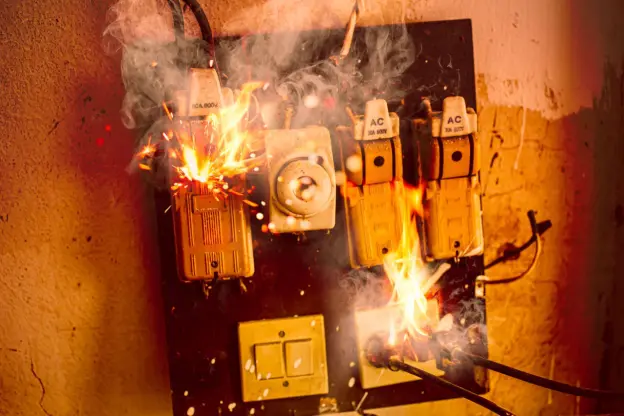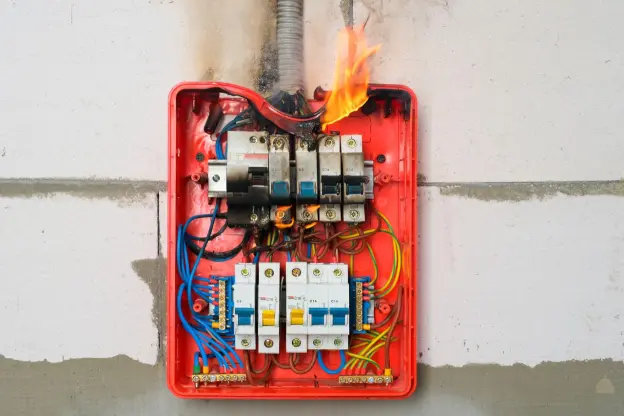What Size Solar Charge Controller Do I Need?
Table of Contents
ToggleIf you’re putting together a solar power system for an off-grid cabin, workshop, or boat, properly sizing the charge controller is paramount. An undersized controller can’t handle the system’s full output, while one that’s too large is an unnecessary expense. By following some simple steps to calculate load and future-proof your needs, you can select the right-sized unit for long-term reliability.
How To Select A Solar Charge Controller?
Here’s how you can select a solar charge controller:
Identifying Solar Array Specs
The first critical information is the specifications of your photovoltaic (PV) panels. Make note of the wattage rating, maximum power current (Imp or Imax), and voltage for each panel. For example, if using three 100W panels rated at 5A and 19-22V maximum power, the total wattage is 300W. Knowing these parameters helps verify the charge controller’s compatibility.
Matching Battery Bank Voltage
What size of solar panels are needed to charge a 12v battery? Most residential and commercial charge controllers are designed for 12V, 24V or 48V battery banks. Ensure the selected model voltage matches what your batteries operate at – usually 12V for small systems. A 24V unit won’t work for a 12V bank without additional regulation.
Calculating Maximum Output Current
To size the solar controller regulator current rating properly, you’ll need to determine the maximum output current from the solar array. This involves either adding currents for panels in parallel, or totalling voltages for series configurations:
- Parallel Panels: Simply multiply the Imp by the number of panels. For the above 3 x 100W panels in parallel, 5A x 3 panels = 15A maximum current
- Series Panels: Sum the voltages while the current remains the same as a single panel.
Adding a Safety Margin
It’s wise to include overhead to account for increases in current on sunny days. A common recommendation is adding 25% to your calculated maximum current. For the parallel panel example above, 15A x 1.25 = 18.75A as the required rating.
Considering Future Expansion
Choosing a charge controller with room for growth avoids wasted costs by future replacement. If plans include adding more solar capacity over time, size the controller accordingly now.
Matching Controller Type to Needs
Here’s how you can match a controller type with your need:
PWM vs MPPT Technologies
PWM (pulse width modulation) controllers are more affordable but less efficient than their MPPT (maximum power point tracking) counterparts.
- PWM works best for smaller systems or warm climates where high efficiency isn’t as critical. It simply regulates voltage.
- MPPT extracts up to 30% more energy from panels by actively tracking optimal voltage/current levels. It’s worth the higher cost for performance-focused applications.
Selecting a Model
Consider features like auxiliary outputs, diagnostic indicators, surge protection, temperature range and warranty. Renowned brands like Morningstar, Outback Power and Schneider Electric offer modular MPPT and PWM charge controllers suitable for residential and commercial installations.
An offline model disconnects loads to protect batteries during renewable outages. Ideally size for at least 110-150% of your present array to allow maximum charging rates.
Conclusion
By following some basic math to understand your solar array parameters and output, you can confidently select a charge controller optimized for your unique off-grid power needs. Sizing it properly ensures safe, efficient charging without over-drawing or under-utilizing components. With the right controller in place, your system will perform at its full potential for years to come.
Partner up with TOSUNLux to get the industrial-grade solar charge controller for your facility.
We have more than 30 years experience
Our Strength
Request a Quote
REQUEST A QUOTE
- Home
-
Company
-
Products
-
Innovation
-
Resource
- Contact
- Order Now
WhatsApp us



